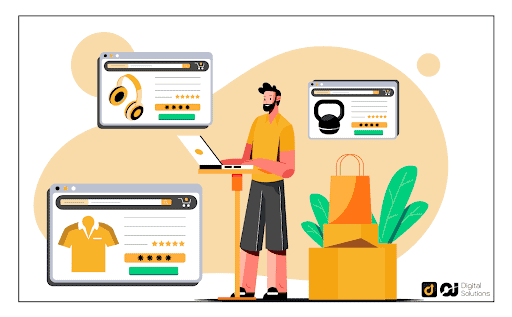On average, most Amazon sellers earn up to $30,000 annually. This is based on a survey done by Jungle Scout, surveying thousands of Amazon sellers.
I’ve personally confirmed this, as I’ve worked with over 12000 sellers optimizing their product listings.
Now you’re not going to earn that amount on day one. But on the flip side, there’s the potential to earn even more.
If being a profitable Amazon seller is something you’re interested in, you’ve come to the right place.
Let’s dive in!
How Much Do Amazon Sellers Make?
Some of the most successful Amazon sellers make over $250,000 in annual sales.
On the other hand, some sellers struggle to make even a small quantity of sales.
If you’re in this scenario, that doesn’t automatically mean you’re failing as a seller. A new business may take up to 3 months to make the first sale.
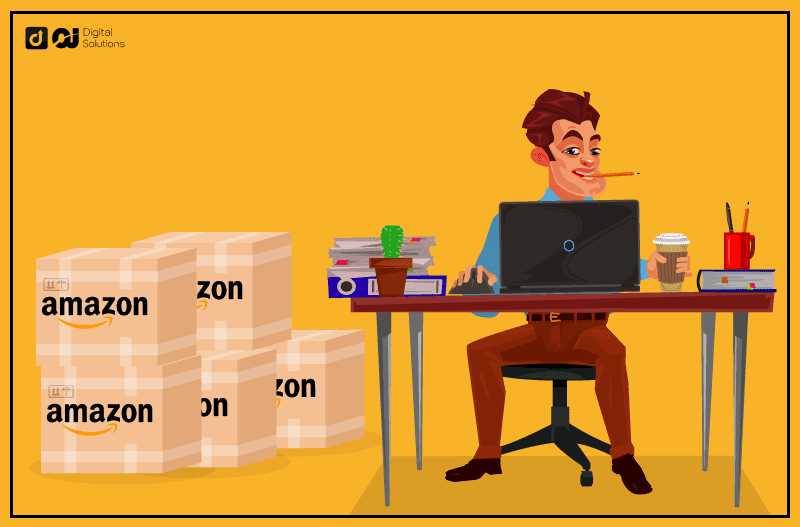
To give you an idea of how much the average Amazon seller makes, here is the distribution of Amazon sellers based on their annual income:
- Under $25,000: 58%
- $25,000-50,000: 7%
- $50,001-100,000: 7%
- $100,001-500,000: 9%
- $500,001-1,000,000: 3%
- $1,000,001-5,000,000: 1%
- $5,000,000-10,000,000: 1%
- Not yet profitable: 6%
- Don’t know: 9%
How Much Profit Do Amazon Sellers Generate?
Struggling to achieve healthy profit margins within the first few years isn’t uncommon for a new seller. According to Amazon:
- Only 65% of Amazon seller profits are higher than 10%
- Only 32% of Amazon seller profits are higher than 20%
- 8% are not yet profitable; the other 8% have no idea
Remember that profits change based on sales volume, expenses, return orders, and other factors. Furthermore, profit margins fluctuate in every business.
How Much Do Beginner Amazon Sellers Make?
The answer to this question varies because it involves so many factors. What type of products are you selling? Where is your target audience located?
If numerical figures are what you’re looking for, Amazon FBA sellers earn average monthly sales of $1,000 to $25,000. However, sales don’t always mean profits.
After deducting all the bills, product orders, shipping, and Amazon fees, you may even find that the profit margin is below average (if you have any).
How Long Does It Take To Become Profitable On Amazon?
Each seller has their own unique experience selling on Amazon. Amazon reports show that 64% of new sellers made profits within the first year.
- Profits within three months: 21%
- Profits within three to six months: 24%
- Profits within six months to one year: 19%
- Profits within one to two years: 11%
- Profits within more than two years: 2%
- Don’t know: 5%
While it’s true that selling on Amazon is less costly than having a physical shop, the competition is just as tough.
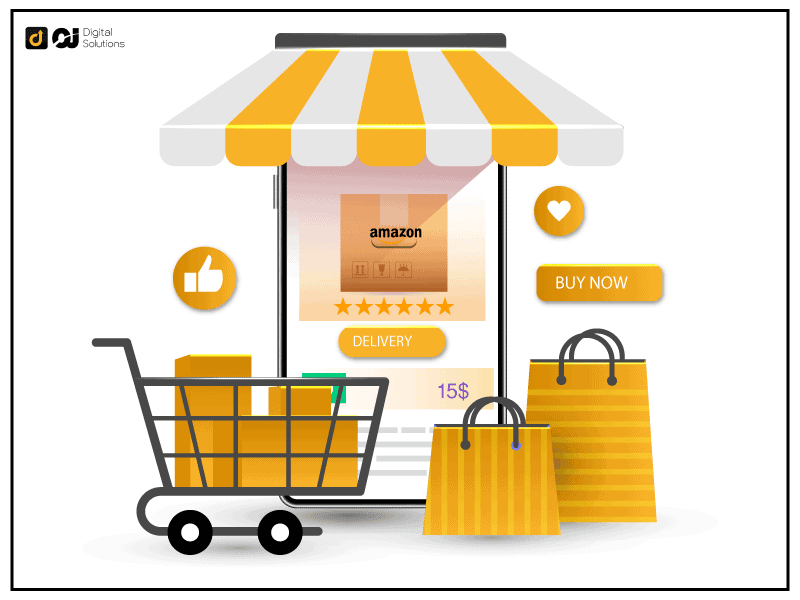
Some new sellers take more than six months to meet a good profit margin. Others may take up to two years.
Sometimes, private label products struggle during the launch phase because customers trust the big brands more. However, with optimized listings, promotions, and advertising, your monthly sales will eventually start climbing up.
Here’s an estimated timeline to help you visualize what the first months are like for new sellers:
- Researching your products, suppliers, marketplace, and target audience: 1 week
- Ordering samples to evaluate the quality and waiting for them to arrive: 1 or 2 weeks
- Building your custom order inventory and waiting for manufacturing: 4 to 6 weeks
- Shipping your products by sea: 4 weeks
- Creating your Amazon product listing page: 3 to 7 days
- Launching your first products: 1 to 2 weeks
- Marketing and researching for the next product: 3 months
At this point, it will be over six months. Let’s keep going
- Ordering the second product and waiting for samples, plus manufacturing, shipping, and listing: 12 weeks
- Launching the second product: 1 week
- Marketing and researching for the next product: 6 weeks
Rinse and repeat until you hit your targets.
How Much Does It Cost To Sell On Amazon?
“How much can you make selling on Amazon?” may be exciting to think about, but don’t forget to prepare for startup expenses too.
Amazon sellers are subject to various fees when using the platform.
Some fees apply all to sellers, while others apply to specific sellers such as service and warranty providers.
You can check out Amazon’s page for applicable fees. Below are some of the fees you can expect depending on your selling plan:
- For individual Amazon sellers: a $0.99 fee for each item sold
- For professional Amazon sellers: a flat fee of $39.99 every month
- Selling fees for the products sold, which include shipping costs, packaging, gift-wrapping, and other charges
- Inventory storage fees for all the items stored in any Amazon fulfillment centers
- Long-term storage fees for items that stay in storage for more than a year
- Unplanned fees for items that arrive at the fulfillment centers without proper planning, labeling, and preparation
- Removal fees for items you want Amazon to return or dispose of
- Return processing fees for orders (this is covered in Amazon’s free return shipping policy)
- Referral fees for specific item categories:
- A rental book service fee of $5.00 for each book a customer rents
- Closing fee of $1.80 per product sold in the categories of DVD, books, software & computer/video games, video game accessories, video game consoles, and games
- A monthly fee of $0.001 for high-volume products
While selling fees are generally minimal, it’s recommended to avoid signing up for unnecessary programs and subscriptions to prevent incurring more expenses.
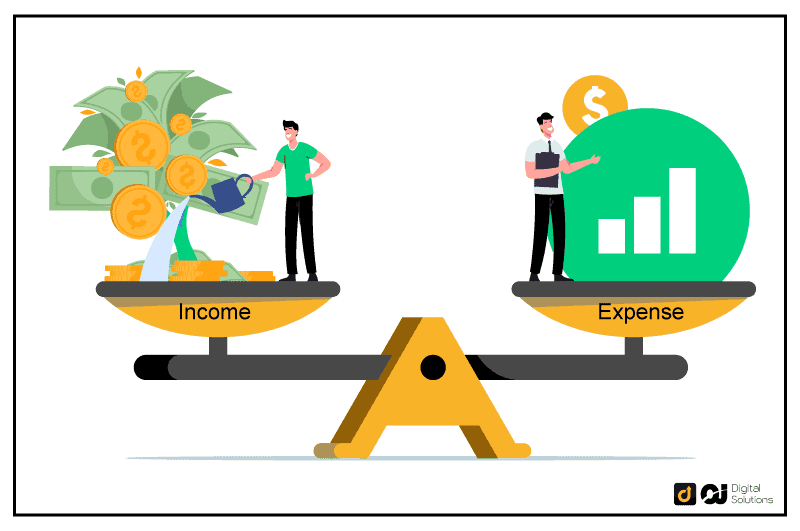
You can research the best tools to help you scale your business, but you don’t have to sign up for every course or program promising to make you successful. Be wise in this step to save some money.
How did Amazon sellers fund their business?
Many sellers fund their business with their savings or use their paycheck.
83% of sellers choose to start their business with personal savings. This typically means they start small and make adjustments as they go.
Other sellers use credit cards or loans. This can be challenging because it puts you at risk of not being able to pay the debt in time.
To be on the safer side, you can start with your savings and use your credit cards to cater to needs you can afford to pay back soon. Don’t invest money that you can’t afford to lose.
Amazon Fulfillment Methods
Amazon offers two fulfillment methods: Fulfillment by Amazon (FBA) and Fulfillment by Merchant (FBM).
What Is FBM?
With the Fulfilled by Merchant method, Amazon sellers ship and manage their orders from their warehouse or third-party supplier.
The sellers are responsible for stocking and storing inventory, fulfilling the orders, and handling returns and customer complaints.
Also, FBM sellers do not get the Prime badge next to their product listing.
Pros
- Sellers have complete control over the inventory, enabling them to run the business however they want to.
- Sellers can decide how they want to present or improve their branding, packaging, and other customizations.
- The option to sell in smaller volumes.
Cons
- Extra fees on labor, storage, staff, shipping, and packaging.
- Due to the small inventory, the sellers could lose out during sales on holidays since they can’t keep up with the traffic.
- Lack of exposure to Amazon Prime members.
- The risk of missing or damaged products in third-party warehouses is higher.
- Handling customer complaints can be overwhelming.
What Is FBA?
Fulfilled by Amazon is a unique service in which Amazon takes over inventory management processes at their fulfillment centers.
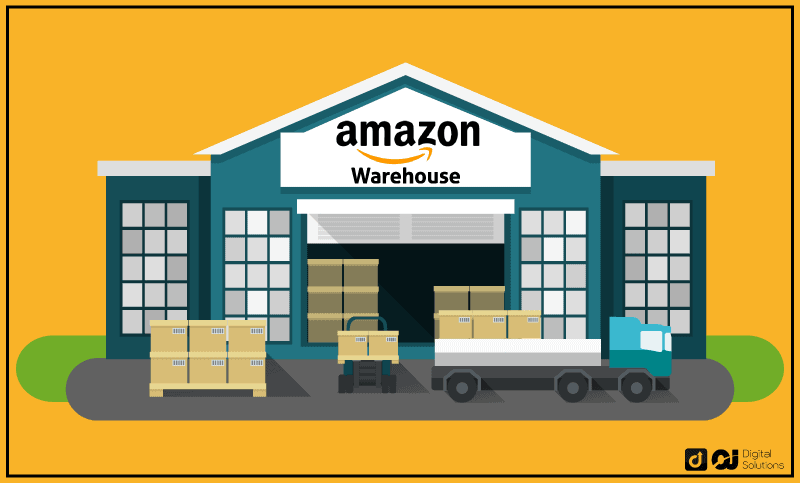
FBA sellers pay a number of fees like fulfillment and storage fees.
Pros
- Sellers do not have to worry about managing warehouses and fulfilling orders.
- Sellers can offer free one or two-day shipping to Prime members.
- Sellers can stock up on large orders because Amazon handles storage.
- Sellers don’t have to interact with customers directly.
- The average Amazon FBA income is higher than FBM profit margins.
Cons
- FBA sellers have little to no flexibility with how they want to sell their products.
- Recurring monthly or annual costs for fulfillments.
How to Start Selling on Amazon
It’s crucial to remember that becoming a profitable Amazon seller doesn’t happen overnight.
To be successful, you’ll need to have a solid strategy, develop a strong understanding of your market, and, most importantly, be consistent.
With that said, here are some tried-and-tested tips for beginning your journey:
- Start with a small batch of products. After researching the best products for you to sell, order a small bunch of 50 to 100 items to test the market for demand, profit margin, and shipping. This will protect you from huge losses if your business doesn’t take off.
- Perform keyword research and optimize your listings. Taking advantage of keywords is important if you want to stay ahead of the competition. Use keyword optimization tools to help your product rank and increase sales.
- Invest more in your successful products. Once you identify your winning products, add more of them to your inventory and reduce the low-selling ones.
- Learn to search for new products. Your best-selling products may not remain that way for long. Furthermore, it doesn’t hurt to sell different products with huge profits. Therefore, if one hits the wall, your business remains afloat.
- Learn and invest in Amazon PPC. Amazon PPC is ads run by experts to help drive sales of your products. Ads can be expensive, so be prepared with a budget.
Bottom Line
Whether you’re selling on Amazon as a part-time job or pursuing it full-time, you can turn it into an online business that pulls strong profit margins.
A lot of Amazon sellers have found great success in the marketplace, which means that you can too.
My advice? Don’t just focus on how much you can potentially make.
Finding success as an Amazon business is a slow and steady process. Learn as you go and keep making improvements to your business. You’ll see your profit margin increase over time.
If you have any questions or thoughts you’d like to share about selling on Amazon, drop a comment below. I’ll be happy to answer them.
Stick around and read other blogs to help you succeed on Amazon!

